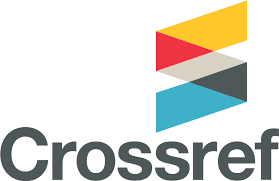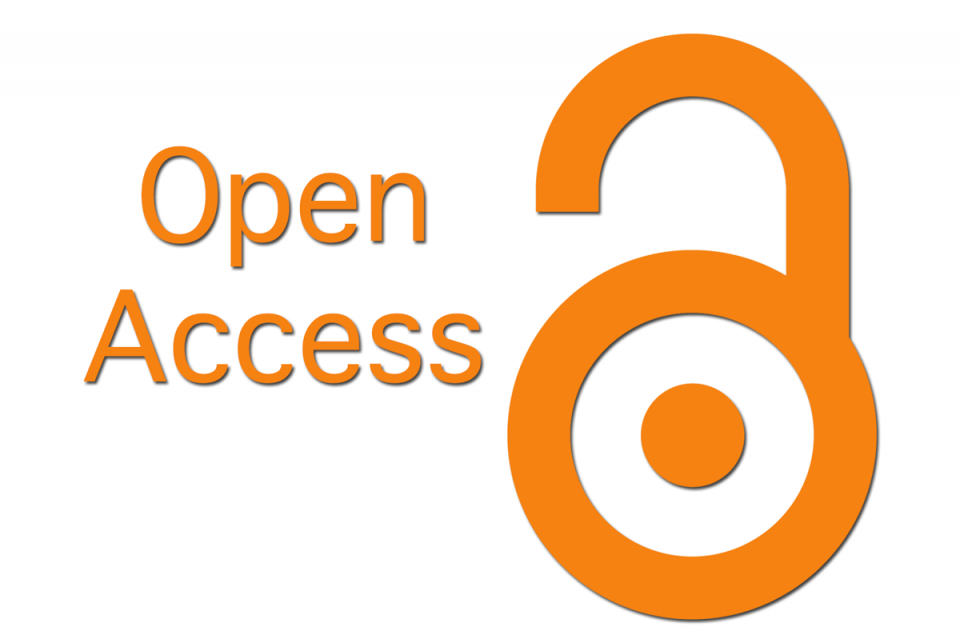Legal Design as Means of Smart Regulation
УДК 34.028.5 ББК 67.0
Abstract
The article is dedicated to the exploration of possibilities of using legal design for smart regulation. Smart regulation aimed at obtaining the maximum effect by minimal means is connected to using a range of instruments, one of which is nudging. The nudge theory is used in behavioral economics; it is suggested to consider the peculiarities of human thought and behavior bearing in mind that in most cases humans behave irrationally, they are led by emotions, cognitive bias, they tend to follow the majority. It is suggested to form the choice architecture in such a way that a human would prefer the most sensible option while not losing the freedom of choice. An important element in forming the choice architecture is the availability of information, which provides effective communication. Availability and completeness of information provided by plain language let people fully comprehend the consequences of their actions. It is proven that comprehensibility can be achieved through legal design of documents, which implies applying different means of simplification of form and content to a legal document (a contract, a judicial act, a normative legal act). The means of simplification of form are structurization, visualization, using tables, diagrams, readable font, while the means of simplification of content is plain language of a document.
Examples of requirements of the law to the structure and design of contracts that lead to financial obligations are listed in the article. The conclusion is drawn out that the means of legal design provide availability of information, which leads to using reflexive thinking, which implies realizing the consequences of one’s actions, making rational and informed decisions; all of it can be viewed as the aim of smart regulation.
Downloads
Metrics
References
Consumer Rights Act 2015. UK Public General Acts. Part 2. Clause 64. URL: https://www.legislation.gov.uk/ukpga/2015/15/contents/enacted.
Creative Commons. Официальный сайт. URL: https://creativecommons.org/licenses/?lang=ru
Hagan M. Law by Design. 2014. URL: http://www.law-bydesign.co
Kahneman D. A perspective on judgment and choice: Mapping bounded rationality / American Psychologist. 2003. - № 58(9). - С. 697–720. https://doi.org/10.1037/0003-066X.58.9.697
Kraus J. S. Legal design and the evolution of commercial norms / The Journal of Legal Studies. – 1997. – Т. 26. – №. 2. – С. 377-411.
Plain Language Bill. New Zealand Legislation. 2022. URL: https://www.legislation.govt.nz/bill/member/2021/0070/latest/whole.html#DLM4357602.
Public Law 111 - 274 - Plain Writing Act of 2010. URL: https://www.plainlanguage.gov/law/#:~:text=The%20Plain%20Writing%20Act%20of,12866%2C%20E.O.
Texas Administrative Code. 1977. URL: http://txrules.elaws.us/rule/title7_chapter25_sec.25.4
Большой энциклопедический словарь / гл. ред. А. М. Прохоров. – 2-е изд., перераб. и доп. М., Санкт-Петербург, 2004.
Давыдова М. Л. «Умное регулирование» как основа совершенствования современного правотворчества / Журнал российского права. - 2020. - № 11. - С. 14-29. DOI: 10.12737/jrl.2020.130С.21.
Давыдова М. Л. Оценка регулирующего воздействия как разновидность правотворческих экспертиз и инструмент умного регулирования / Юридическая техника. - 2022. - № 16. - С. 104-108.
Зыков Д. В. Идеи С. С. Алексеева о правовом воздействии и их современное значение / Вестник Гуманитарного университета. – 2022. – № 3 (38). – С. 59–70. – DOI 10.35853/vestnik.gu.2022.3(38).05.
Канеман Д. Думай медленно… Решай быстро. М., 2014.
Лигал-дизайн и ускорение документооборота в России Обзор Симплоера. URL: https://www.simplawyer.com/
Письмо ФАС России № АК/25611/19, Банка России № ИН-06-52/29 от 29.03.2019 «О раскрытии информации о размере вознаграждения» / Вестник Банка России. - 2019. - № 26.
Руководство по дизайн-мышлению. 2017. URL: http://caramboli.ru/wp-content/uploads/2017/09/Design_Thinking_manual_Bootleg_RUS.pdf
Студия Артемия Лебедева. Официальный сайт. URL: https://www.artlebedev.ru/rzd/ticket/
Янковский Р.М. Legal design: новые вызовы и новые возможности / Закон. - 2019. № 5. - С. 76 - 86.
Copyright (c) 2023 Марина Козлова

This work is licensed under a Creative Commons Attribution 4.0 International License.
The authors, which are published in this journal, agree to the following conditions:
1. Authors retain the copyright to the work and transfer to the journal the right of the first publication along with the work, at the same time licensing it under the terms of the Creative Commons Attribution License, which allows others to distribute this work with the obligatory indication of the authorship of this work and a link to the original publication in this journal .
2. The authors retain the right to enter into separate, additional contractual agreements for the non-exclusive distribution of the version of the work published by this journal (for example, to place it in the university depository or to publish it in a book), with reference to the original publication in this journal.
3. Authors are allowed to post their work on the Internet (for example, in a university repository or on their personal website) before and during the review process of this journal, as this may lead to a productive discussion, as well as more links to this published work (See The Effect of Open Access).











